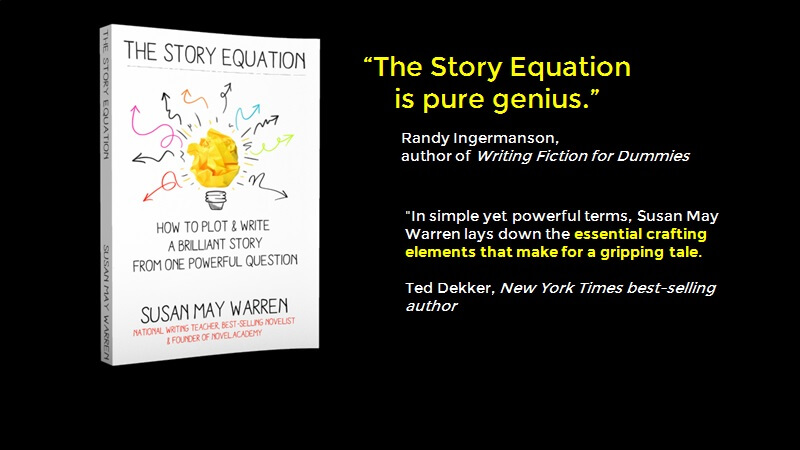 Born in Paris in 1882, Thomistic philosopher Jacques Maritain was a tremendous influence on authors such as Flannory O'Connor, and their ideas of beauty, truth and Christian art. Below are excerpts from Maritain's essay, "Christian Art" from his collection, Art and Scholasticism.
Born in Paris in 1882, Thomistic philosopher Jacques Maritain was a tremendous influence on authors such as Flannory O'Connor, and their ideas of beauty, truth and Christian art. Below are excerpts from Maritain's essay, "Christian Art" from his collection, Art and Scholasticism.
By the words "Christian art" I do not mean Church art, art specified by an object, an end, and determined rules, and which is but a particular -- and eminent -- point of application of art. I mean Christian art in the sense of art which bears within it the character of Christianity. In this sense Christian art is not a species of the genus art: one does not say "Christian art" as one says "pictorial" or "poetic" art, "Gothic" or "Byzantine" art. A young man does not say to himself "I am going in for Christian art," as he might say "I am going in for agriculture." There is no school where one learns Christian art. Christian art is defined by the one in whom it exists and by the spirit from which it issues: one says "Christian art" or the "art of a Christian," as one says the "art of the bee" or the "art of man." It is the art of redeemed humanity. It is planted in the Christian soul, by the side of the running waters, under the sky of the theological virtues, amidst the breezes of the seven gifts of the Spirit. It is natural that it should bear Christian fruit.
Everything belongs to it, the sacred as well as the profane. It is at home wherever the ingenuity and the joy of man extend. Symphony or ballet, film or novel, landscape or still-life, puppet-show libretto or opera, it can just as well appear in any of these as in the stained- glass windows and statues of churches. But, it may be objected, is not this Christian art a myth? Can one even conceive of it? Is not art pagan by birth and tied to sin -- just as man is a sinner by birth? But grace heals wounded nature. Do not say that a Christian art is impossible. Say rather that it is difficult, doubly difficult -- fourfold difficult, because it is difficult to be an artist and very difficult to be a Christian, and because the total difficulty is not simply the sum but the product of these two difficulties multiplied by one another: for it is a question of harmonizing two absolutes. Say that the difficulty becomes tremendous when the entire age lives far from Christ, for the artist is greatly dependent upon the spirit of his time. But has courage ever been lacking on earth?
But, it may be objected, is not this Christian art a myth? Can one even conceive of it? Is not art pagan by birth and tied to sin -- just as man is a sinner by birth? But grace heals wounded nature. Do not say that a Christian art is impossible. Say rather that it is difficult, doubly difficult -- fourfold difficult, because it is difficult to be an artist and very difficult to be a Christian, and because the total difficulty is not simply the sum but the product of these two difficulties multiplied by one another: for it is a question of harmonizing two absolutes. Say that the difficulty becomes tremendous when the entire age lives far from Christ, for the artist is greatly dependent upon the spirit of his time. But has courage ever been lacking on earth?
If you want to make a Christian work, then be Christian, and simply try to make a beautiful work, into which your heart will pass; do not try to "make Christian."
Do not make the absurd attempt to dissociate in yourself the artist and the Christian. They are one, if you are truly Christian, and if your art is not isolated from your soul by some system of aesthetics. But apply only the artist to the work; precisely because the artist and the Christian are one, the work will derive wholly from each of them.
Do not separate your art from your faith. But leave distinct what is distinct. Do not try to blend by force what life unites so well. If you were to make of your aesthetic an article of faith, you would spoil your faith. If you were to make of your devotion a rule of artistic activity, or if you were to turn desire to edify into a method of your art, you would spoil your art.
The entire soul of the artist reaches and rules his work, but it must reach it and rule it only through the artistic habitus. Art tolerates no division here. It will not allow any foreign element, juxtaposing itself to it, to mingle, in the production of the work, its regulation with art's own. Tame it, and it will do all that you want it to do. Use violence, and it will accomplish nothing good. Christian work would have the artist, as artist, free.
Art requires much calm, said Fra Angelico, and to paint the things of Christ one must live with Christ...
It would therefore be futile to try to find a technique, a style, a system of rules or a way of working which would be those of Christian art. The art which germinates and grows in Christian man can admit of an infinity of them. But these forms of art will all have a family likeness, and all of them will differ substantially from non-Christian forms of art; as the flora of the mountains differs from the flora of the plains. Consider the liturgy: it is the transcendent and supereminent type of the forms of Christian art; the Spirit of God in Person fashioned it, so as to be able to delight in it.
Christianity does not make art easy. It deprives it of many facile means, it bars its course at many places, but in order to raise its level. At the same time that Christianity creates these salutary difficulties, it superelevates art from within, reveals to it a hidden beauty which is more delicious than light, and gives it what the artist has need of most -- simplicity, the peace of awe and of love, the innocence which renders matter docile to men and fraternal.
Monday, April 19, 2010
Home »
» Jacques Maritain's Christian Art
Jacques Maritain's Christian Art
Monday, April 19, 2010
7 comments























Wow, Noel, there is so much here for the Christian who is writing novels - whether for the CBA or ABA markets. I so wholeheartedly agree with "and to paint the things of Christ one must live with Christ..." To adequately and realistically - I emphasize both 'adequately' and "realistically" - portray the spiritual journey with Christ taken by our characters we simply must live with Christ ourselves.
ReplyDeleteThanks for this excerpt, Noel.
ReplyDeleteNoel, this is a fantastic post! "Everything belongs to [Christian art], the sacred as well as the profane. It is at home wherever the ingenuity and the joy of man extend. Symphony or ballet, film or novel, landscape or still-life, puppet-show libretto or opera, it can just as well appear in any of these as in the stained- glass windows and statues of churches." Wow! How different from our current definitions of "Christian art." Heading to Twitter and FB for linkage!
ReplyDeleteNoel, not sure where you found this, but I loved it. Maritain really understood the goal, that what makes our art 'Christian' is the artist living out a relevant relationship with Christ, and letting his art flow naturally from that vs trying to fit into some artificial form or imposed set of standards. I love his honesty, too, the way he spoke of how hard this would be to pull off. I guess things like this are true in every generation.
ReplyDeleteI know, isn't he great? The bit about all Christian art having a family likeness, and the last bit, and ... I can see how O'Connor was inspired.
ReplyDeleteAnd I think I'm going to start using his photo for my author bio. I'd sell way more books, I think, if I looked like him. :)
ReplyDeleteGreat post! Thanks, Noel, for uncovering another gem.
ReplyDelete